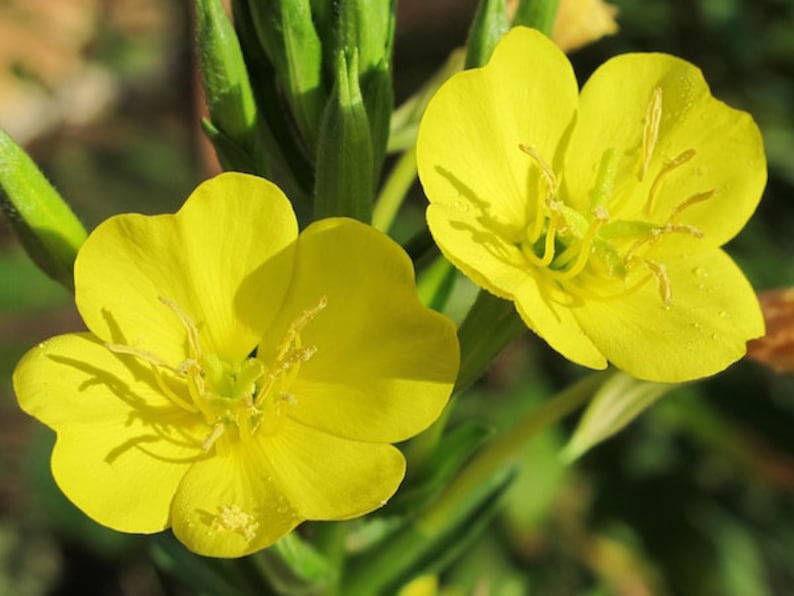
If ever you've wondered why we greet Spring with colored eggs, I can tell you in two words: sympathetic magic.
Spring is When the Eggs Are
In Autumn, the birds fly away. After a long, bird-less Winter, they come back, bearing Spring on their wings. Soon there will be eggs, and the cycle will begin anew.
The chicken got to northern Europe in Roman times. Before that, eggs were a strictly seasonal food. Even in domestic fowl, egg production is photo-dependent: more light means more eggs.
Just when food is starting to run out, behold.
Color, Come Back
Winter, especially here in the frozen North, is the colorless time, when all the world, Heaven and Earth, becomes one vast, undifferentiated whiteness.
Then comes Spring. Spring = color.
Therefore, to bring Spring, you take what was the color of snow, and transform it.
Bridging the Gap
In the old days, we dyed our eggs using vegetable dye-stocks: onionskins, beets, purple cabbage. (Witches still do this.)
Thus do the fruits of one growing season bridge the grinning gap of Winter to herald—and induce—the coming season of growth.
Call it alchemy, transformation. Call it Turning the Wheel.
The Daily Spring
Dawn is the daily Spring, Spring the yearly Dawn.
Just before sunrise, go look East. What do you see there?
Dawn: the eastern sky filled with color; in fact, the very colors that those natural dye-stocks produce. After colorless night, color floods back into the world.
Welcome to the Dawn of the Year.





















